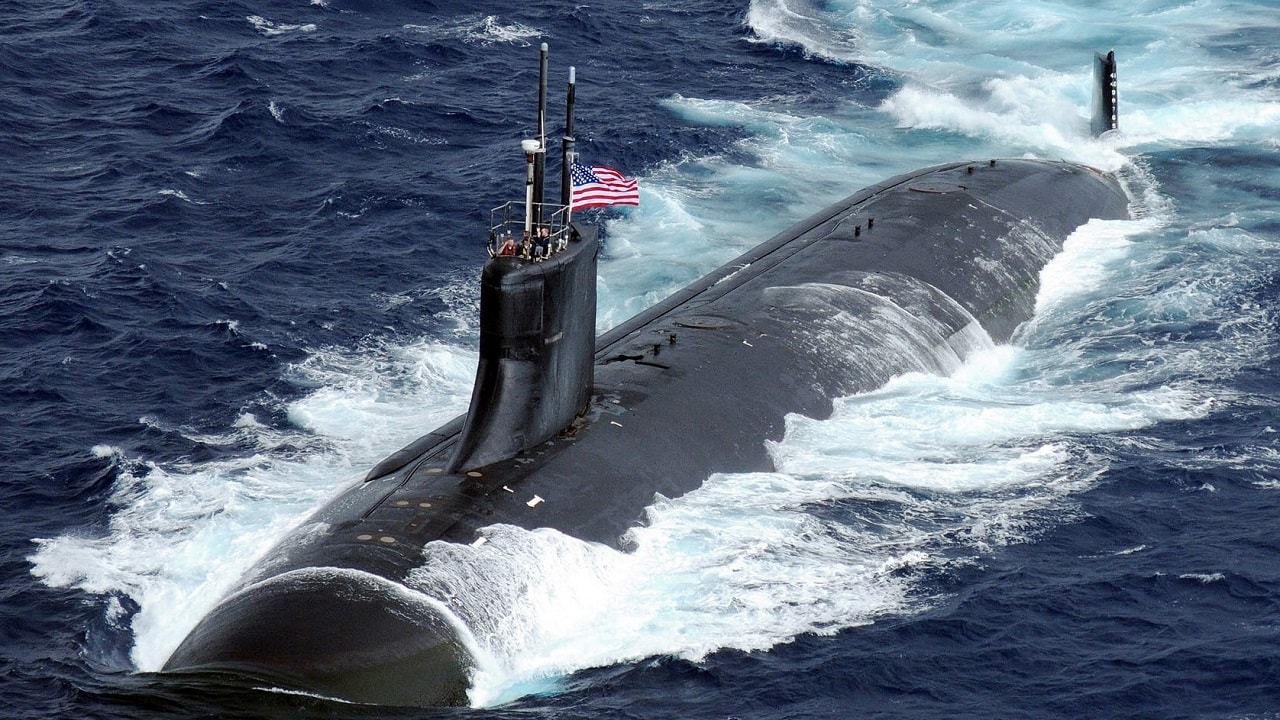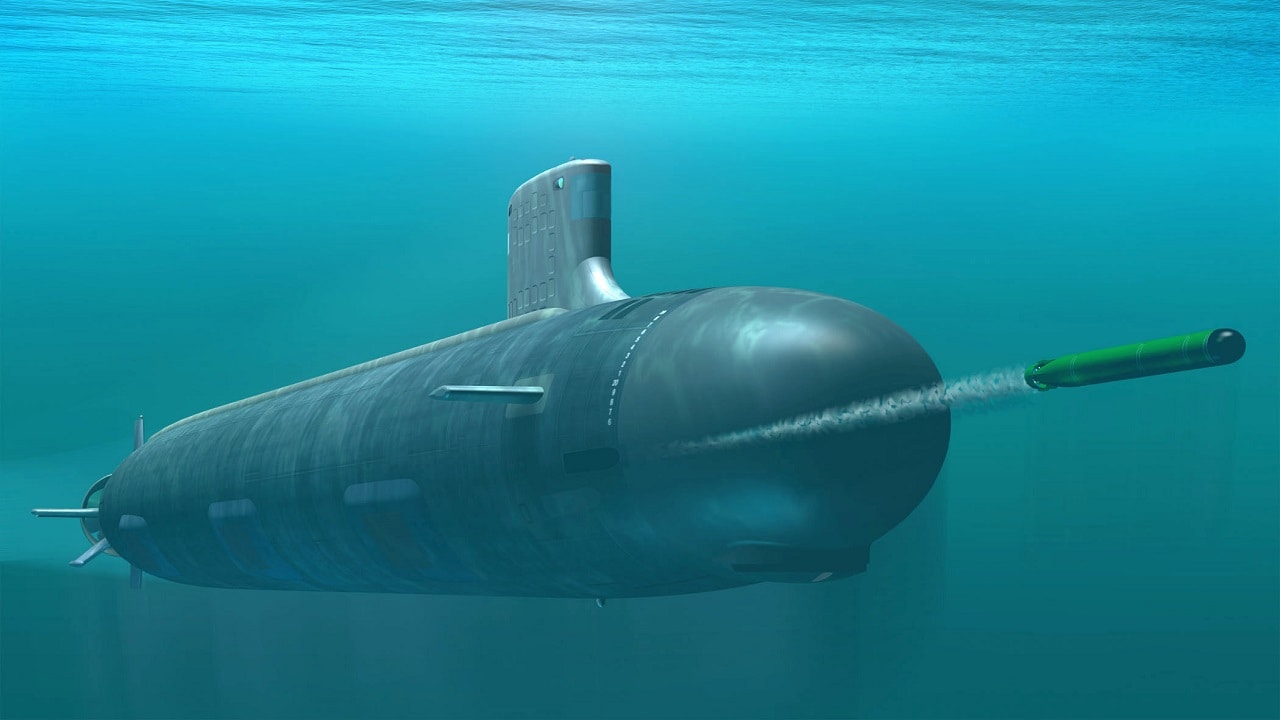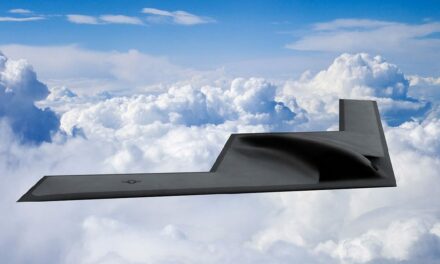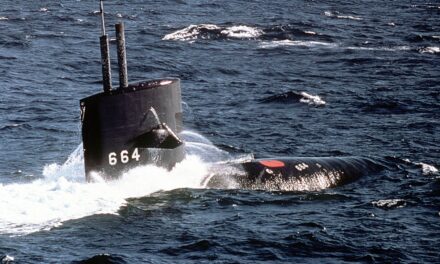We support our Publishers and Content Creators. You can view this story on their website by CLICKING HERE.
A Total Mess: The U.S. Navy’s SSN(X) Next-Generation Attack Submarine program, intended to replace the Virginia-class submarines by the 2040s, faces significant delays and uncertain funding.
-Despite the Navy requesting $586.9 million for FY25 design work, the program has yet to gain clear congressional backing.
-The SSN(X) aims to combine the speed and payload of Seawolf-class subs, the quietness and sensors of Virginia-class boats, and the durability of Columbia-class vessels.
-However, political hesitancy, budget pressures, and evolving defense priorities put its future at risk.
-With no immediate urgency, the SSN(X) risks becoming a “zombie” project without clear advancement or strategic direction.
SSN(X) Submarine: Why the U.S. Navy’s Future is Stuck in the Past
The U.S. Navy has big plans for modernizing existing major end items. The maritime branch is excited about the next-generation DDG(X) destroyer and the F/A-XX next-generation fighter jet. Now, the SSN(X) futuristic submarine that will replace the Virginia-class boats is experiencing delays. The SSN(X) may not come to fruition until the early 2040s, which is hard to fathom. Who knows what the U.S. military will look like in two decades?
So, what will happen with this new submarine design? Will it become a victim to budget pressures?
Can the Program Receive the Necessary Funding Until the 2040s?
The problem is that the SSN(X) is not receiving enough research and development funds in the FY25 defense budget. The experimental sub-program will likely not begin full-time work at the shipyard until 2031. The United States may have a bigger unmanned presence on Mars at that time – just to show you what futuristic feats can happen in the next seven years that don’t involve the Navy.
Los-Angeles Class submarine USS Annapolis.
SSN(X) Is Still Receiving Significant Amounts of Dollars
The Navy is requesting $586.9 million for SSN(X) design work in FY25, up from the $544.7 million asked for FY24. So, we are talking over half a billion dollars to get this project off the ground. That is expensive research and development for the Navy that is already pumping exorbitant dollars into the Ford-class carrier and maintaining existing flat-tops which costs a pretty penny.
Victim of a Fickle Congress?
Funding for these next-generation programs may take a hit in the coming years. It isn’t easy to convince Congress to open up the purse strings for a submarine that will take two decades to build.
This is an election year, and legislators are trying to protect current manufacturing jobs in the defense industrial base, not forecast the number of new employment positions that don’t exist.
The SSN(X) is known as the Next-generation Attack Submarine. ‘X’ means the design has not been determined yet.
Swift and Silent for SSN(X)
The Congressional Research Service describes the SSN(X) with the following description:
“The SSN(X)…will be designed to counter the growing threat posed by near peer adversary competition for undersea supremacy. It will provide greater speed, increased horizontal [i.e., torpedo-room] payload capacity, improved acoustic superiority and non-acoustic signatures, and higher operational availability. SSN(X) will conduct full spectrum undersea warfare and be able to coordinate with a larger contingent of off-hull vehicles, sensors, and friendly forces.”
Don’t Forget the SEALs
Well, that’s fairly vague but par for the course when describing future ships and submarines. I would like to see SSN(X) designers develop the optimum way to deliver SEALs to battle in 2040 because Naval Special Operators will always play a huge role in overall naval tactics in future conflicts.

Seawolf-Class Submarine USS Seawolf. Image Credit: Creative Commons.
Take the Best From Other Submarine Programs
The Congressional Research Service also said in its latest report that the Navy “wants the SSN(X) to incorporate the speed and payload of the Navy’s fast and heavily armed Seawolf (SSN-21) class SSN design, the acoustic quietness and sensors of the Virginia-class design, and the operational availability and service life of the Columbia-class design.”
Undersea Warfare Should Be a Priority
Now that sounds cool. Why not improve existing designs hugely by the 2040s? Undersea warfare is going to become more important as the Navy responds to the future threat environment. Conflict could occur in the Indo-Pacific, the Middle East, the Atlantic, and even the Arctic. We haven’t seen these types of scenarios since the Cold War and the Navy will have to invest time, money, and resources to ensure the submarine fleet remains relevant in the coming decades.
SSN(X): What Happens Now? Welcome to ‘Zombie’ Status
It would also be nice to have a new stand-off cruise missile that is nuclear-tipped to replace the Tomahawk and for the SSN(X) to deploy submarine-launched hypersonic weapons. The missiles must progress along with the design, research and development efforts with the SSN(X).

All told, the SSN(X) program will be only as good as its funding and priorities, which the White House and Congress laid down, and how the submarine is used in various future warfare documents, such as the National Security Strategy (NSS). There will be a new NSS under Donald Trump or Kamala Harris,, and the Navy hopes that its next-generation modernization program is funded and prioritized.
But, of course, nothing is certain. At least for now, SSN(X) looks like a zombie submarine project, with no clear direction or call to go forward made just yet. And that’s a problem.
About the Author: Dr. Brent M. Eastwood
Brent M. Eastwood, PhD, is the author of Don’t Turn Your Back On the World: a Conservative Foreign Policy and Humans, Machines, and Data: Future Trends in Warfare, plus two other books. Brent was the founder and CEO of a tech firm that predicted world events using artificial intelligence. He served as a legislative fellow for U.S. Senator Tim Scott and advised the senator on defense and foreign policy issues. He has taught at American University, George Washington University, and George Mason University. Brent is a former U.S. Army Infantry officer. He can be followed on X @BMEastwood.

 Conservative
Conservative  Search
Search Trending
Trending Current News
Current News 





